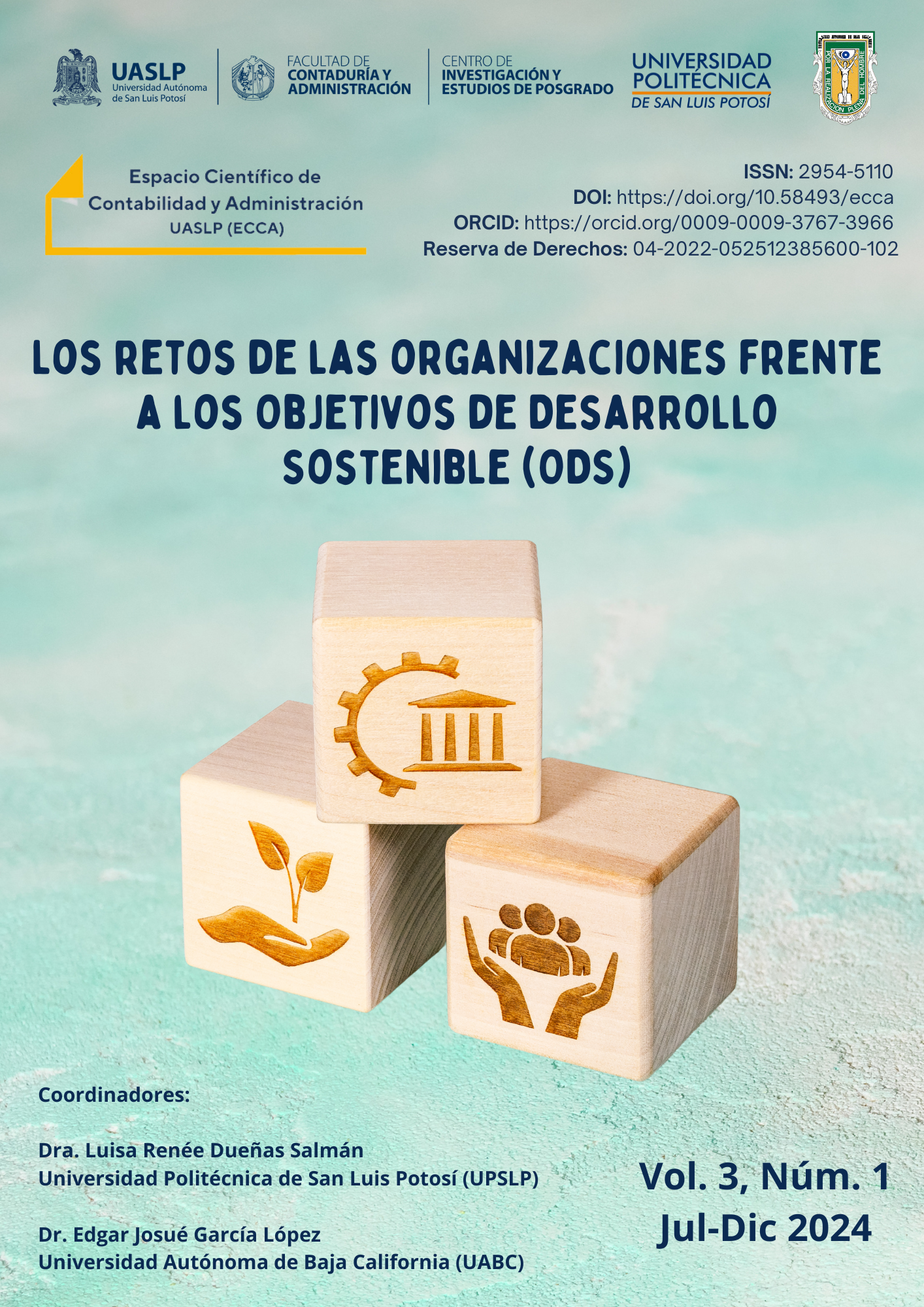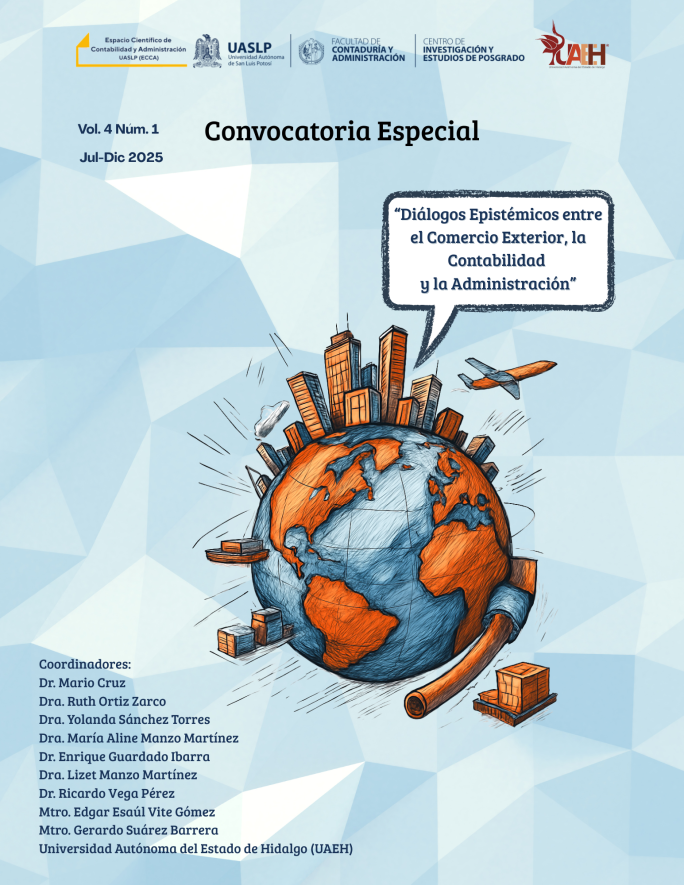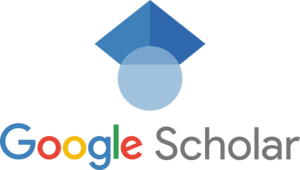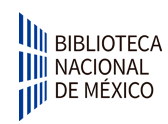Intellectual capital in organizations
DOI:
https://doi.org/10.58493/ecca.2024.3.1.12Keywords:
Intellectual Capital, Human Capital, Structural Capital, Relational Capital, Intangible AssetsAbstract
Intellectual Capital in Organizations is a work that explores the importance of intangible assets as a source of competitive advantage in two contexts: business and education. The authors—Lavín Verástegui, Álvarez Herrera, Pedraza Melo, and Hernández Limón—focus their writing, based on various research studies, on how organizations can identify, measure, and manage intellectual capital to enhance their development and sustainability. This review will analyze its main contributions, assessing its impact in the field of management and its practical utility for businesses.
References
American Psychological Association. (2022). Manual de Publicaciones de la APA. Editorial El Manual Moderno.
Brooking A. (1997). Intellectual capital and the new wealth of nations. Long Range Planning, 30 (3), 364-365.
Choong, K. K. (2008). Intellectual capital: definitions, categorization and reporting models. Journal of Intellectual Capital, 9(4), 609–638. https://doi.org/10.1108/14691930810913186
Daley, J. (2001). The intangible economy and Australia, Australian Journal of Management, 26, edición especial, 3-19.
Edvinsson, L., & Malone, M. (1997). Intellectual Capital: Realizing Your Company’s True Value by Finding Its Hidden Brainpower. Harper Business.
Ficco, C. R. (2020). Una revisión del concepto de capital intelectual y de las principales alternativas para su identificación y medición. Revista activos, 18(1), 161-203.
Gallego, I., & Rodríguez, L. (2005). Situation of intangible assets in Spanish firms: an empirical analysis. Journal of Intellectual Capital, 6(1), 105–126. https://doi.org/10.1108/14691930510574690
Harvey M. y Lusch, R. (1999). Balancing the intelectual capital books: Intangoble competitive advantage. Strategic Management Journal, 17 (1), 85-92.
López Taravilla, M. del C., Manzaneque-Lizano, M., Santos-Peñalver, J. F., & Machado, C. F. (2023). Revealing the moderating impact of spatial context on the relationship between intellectual capital efficiency and the sustained success of family SMEs. Small Business International Review, 7(2), e597. https://doi.org/10.26784/sbir.v7i2.597
Martínez, J. y Padilla, L. (2020). Innovación organizacional y competitividad empresarial: Centros estéticos de turismo de salud en Cali-Colombia. Revista de Ciencias Sociales, XXVI(2), 120-132. Hrrp://doi.org/10.31876/rcs.v26i2.32428
Moura, G. D., Varela, P. S., & Beuren, I. M. (2014). Conformidade do disclosure obrigatório dos ativos intangíveis e práticas de governança corporativa. Revista de Administração Mackenzie, 15(5), 140-170. https://doi.org/10.1590/1678-69712014/administracao.v15n5p140-17
Pedraza, N., Lavín, J. y Álvarez, M. (2020). Relación del capital intelectual y el desempeño en la administración pública: el caso de una auditoría estatal. Cuadernos de Administración. Vol. 34 p1-16. https://doi.org/10.11144/Javeriana.cao34.rcidap
Sveiby, K. E. (2010). Methods for Measuring Intangible Assets. Retrieved fromhttp://www.sveiby.com/articles/IntangibleMethods.htm
Stewart, T. (1997). Intellectual Capital: The New Wealth of Organizations. Doubleday : Currency.

Downloads
Published
Issue
Section
License
Copyright (c) 2025 David Martínez Díaz de León

This work is licensed under a Creative Commons Attribution-NonCommercial-ShareAlike 4.0 International License.
Usted es libre de:
- Compartir — copiar y redistribuir el material en cualquier medio o formato
- Adaptar — remezclar, transformar y construir a partir del material
- La licenciante no puede revocar estas libertades en tanto usted siga los términos de la licencia
Bajo los siguientes términos:
- Atribución — Usted debe dar crédito de manera adecuada , brindar un enlace a la licencia, e indicar si se han realizado cambios . Puede hacerlo en cualquier forma razonable, pero no de forma tal que sugiera que usted o su uso tienen el apoyo de la licenciante.
- NoComercial — Usted no puede hacer uso del material con propósitos comerciales .
- CompartirIgual — Si remezcla, transforma o crea a partir del material, debe distribuir su contribución bajo la la misma licencia del original.
- No hay restricciones adicionales — No puede aplicar términos legales ni medidas tecnológicas que restrinjan legalmente a otras a hacer cualquier uso permitido por la licencia.











